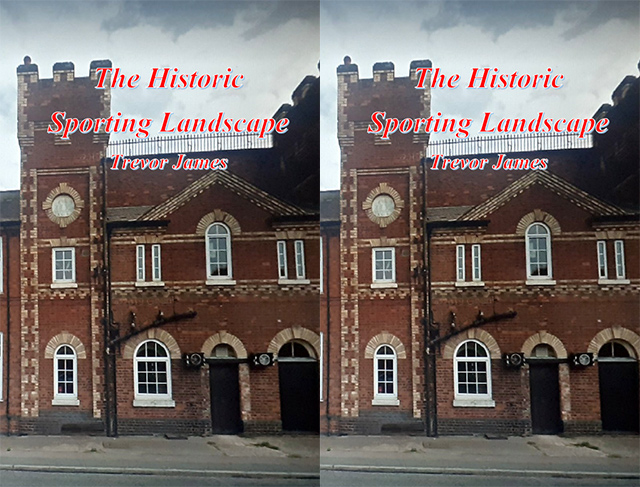The Historic Sporting Landscape
Book review

The Historic Sporting Landscape, Trevor James, Lichfield Press, 2021, 114p, £10-00.
ISBN 978-0-905985 978
Having in a recent book effectively surveyed England’s saintly landscape, Trevor James has now turned his attention to the rather less saintly sporting landscape. He believes implicitly that England has been and is ‘the most enthusiastically sporting of nations’ and he substantiates this claim by a cornucopia of sports which had their origins in England, many dating from Anglo-Saxon times, though some perhaps dating even further back to the Celtic past. His own interest in sports, especially track and field, is long established and has often been the subject of his popular lectures as well as scholarly articles. Sport was central to his Leicester University PhD, dating back to 1977, and, as he so often does, in his introduction he pays tribute to his mentors in its distinguished department of local history, in this case W.G. Hoskins. As this reviewer can attest, Hoskins could read a hedgerow as easily as I could read an inscription. Trevor James has proved a worthy pupil. As in his previous work, he displays a wide breadth of topographical knowledge and a mastery of the interpretation of place names. He begins with Plaistow, meaning ‘a place where people played’. He then chronicles the many similar place names which are suggestive of the vast range of sports and games that have amused the English over the centuries and which have contributed to their physical wellbeing. As he shows, the most popular sport of all, football, was played not 11-a-side and certainly not under FA or FIFA rules but by whole villages in places such as Ashbourne in Derbyshire and Atherstone in Warwickshire as part of Shrove Tuesday celebrations. Such events could be infinitely more bruising than anything involving Millwall, with riotous behaviour provoking intervention by the authorities. He relays the familiar story of Much Wenlock’s and William Penny-Brookes’ mid-nineteenth century contribution to the revival of the Olympic Games. There are many other little-known references, for instance to the East India Company’s Havelock Hall in Addiscombe as an early example of a gymnasium, an innovation to which this reviewer has the deepest aversion. Whatever your sport, it is a safe bet that you will find some fascinating titbit in these pages. He ends by exhorting local historians to follow his example, confident that there remains much still to be discovered.

